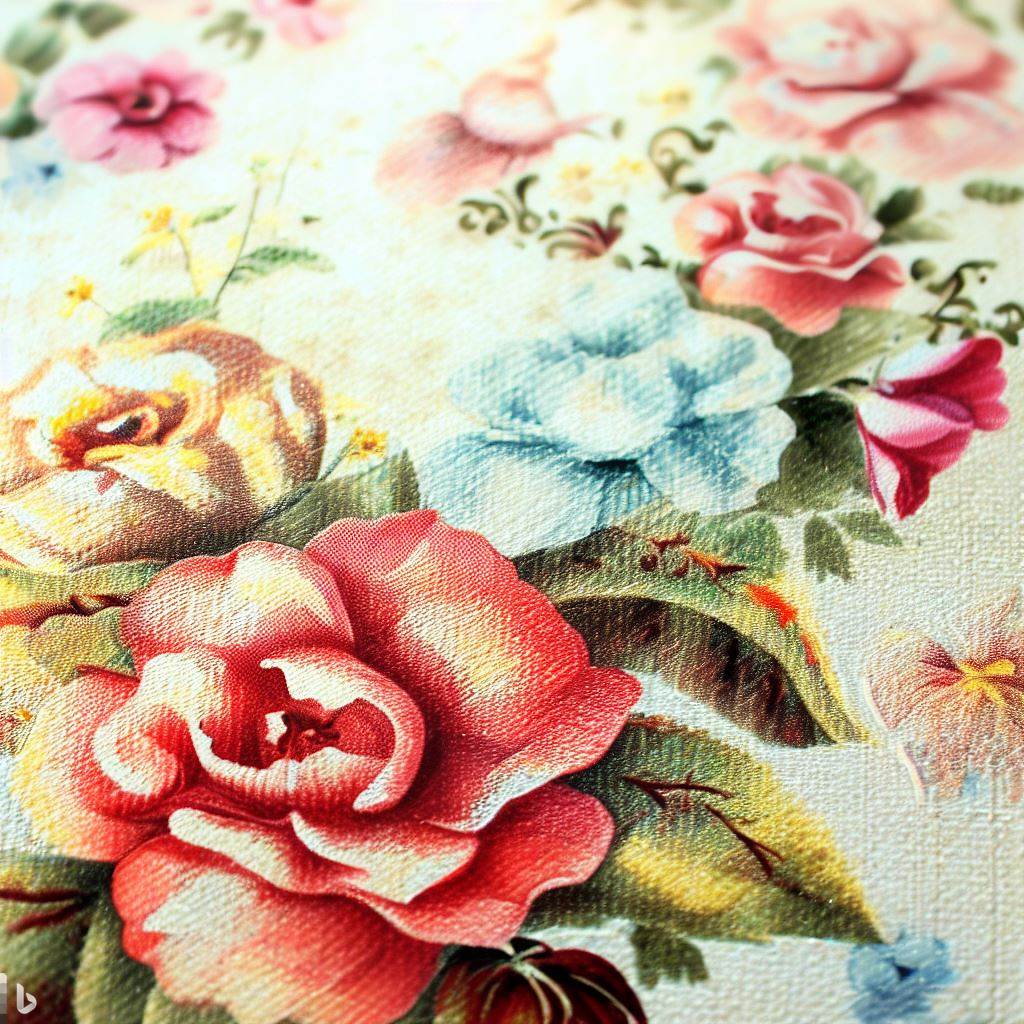decoupage with fabric: incorporating textiles into your artwork
Decoupage with fabric is a unique and creative art form that allows you to incorporate textiles into your artwork. It adds a touch of individuality and texture to your collages, making them truly one-of-a-kind. The versatility of textiles opens up a world of possibilities, allowing you to explore different techniques and create stunning mixed media compositions. In this article, we will discuss how to incorporate fabric in your decoupage projects, share tips and techniques, and explore various surface options for fabric decoupage.
What is Decoupage with Fabric?
Adding a Unique Touch to Your Collage
Decoupage is the art of decorating an object by gluing paper and other materials onto it. When you decoupage with fabric, you are adding a unique touch to your collage by incorporating different types of textiles. This technique allows you to create intricate works of art that captivate the viewer’s attention.
Exploring the Versatility of Textiles
Textiles are a versatile medium that can enhance your artwork in numerous ways. Whether you choose to use fabric scraps, quilted pieces, or even embroidered elements, the combination of different textures and colors adds depth and interest to your composition. The use of fabric also allows you to recycle materials and contributes to a more sustainable art practice.
Using Decoupage Textile 50 ml for Optimal Results
When decoupaging with fabric, it is important to choose the right adhesive. Decoupage Textile 50 ml is a popular choice among textile artists due to its adhesive properties and ability to bond fabric to various surfaces. It provides a strong bond without compromising the texture or appearance of the fabric.
How to Incorporate Fabric in Your Decoupage Projects
Choosing the Right Fabric for Your Project
The first step in incorporating fabric into your decoupage projects is choosing the right fabric for the job. Consider the overall theme and style of your artwork, and select fabrics that complement your composition. Experiment with different textures, patterns, and colors to create a visually appealing collage.
Creating Stunning Mixed Media Collages
Decoupage with fabric allows you to create stunning mixed media collages by combining various materials and techniques. For example, you can layer fabric pieces with paper collage elements, acrylic paint, and even image transfers to create a visually rich and dynamic composition. The possibilities are endless, and the only limit is your imagination.
Adding Texture to Your Artwork with Fabrics
One of the main advantages of incorporating fabric into your decoupage projects is the ability to add texture to your artwork. Fabrics such as lace, quilted pieces, or even fabric swatches provide a tactile element that can be visually appealing and engaging. Experiment with different fabric surfaces and techniques, such as dyeing or stitching, to create unique textures in your artwork.
Tips and Techniques for Decoupaging with Fabric
Layering Fabric to Create Depth
One technique to consider when decoupaging with fabric is layering. By layering fabric pieces of different colors and patterns, you can create depth and dimension in your artwork. This technique adds visual interest and complexity to your collage, making it more visually captivating.
Using Different Painting Techniques on Fabric
To further enhance your fabric decoupage projects, consider using different painting techniques on the fabric itself. Acrylic paint, for example, can be used to create a base layer or add details to the fabric. Experiment with brushes, stamps, stencils, and other tools to achieve the desired effect.
Enhancing the Print on Fabric with Decoupage
If you have fabric with intricate or interesting prints, you can enhance them by applying decoupage. Decoupage acts as a sealer and protector, while also adding a glossy finish to the fabric. This technique allows you to highlight and preserve the beauty of the fabric print, making it the focal point of your artwork.
Exploring Surface Options for Fabric Decoupage
Canvas: A Classic Choice
Canvas is a classic surface choice for fabric decoupage. Its sturdy and absorbent nature makes it ideal for bonding fabric securely. You can create stunning wall art or even art quilts on canvas, combining the beauty of fabric and fine art techniques.
Wood: Adding a Rustic Element to Your Pieces
If you want to add a rustic or natural element to your artwork, consider decoupaging fabric onto wood. Wood surfaces provide a unique texture and warmth that can complement the softness of fabric. The combination of wood and fabric creates a visually interesting contrast, resulting in visually appealing and unique pieces.
Glass: Creating Unique Home Decor Items
Decoupaging fabric onto glass surfaces is a great way to create unique home decor items. From vases to picture frames, the transparency of glass allows the fabric to shine through, creating a beautiful and eye-catching effect. You can experiment with different fabrics and patterns to match your home’s aesthetic.
Conclusion
Let Your Imagination Run Wild with Decoupage and Fabric
Decoupage with fabric is an art form that offers endless possibilities for creativity. By incorporating textiles into your artwork, you can create unique and captivating pieces that showcase your artistic skills. Don’t be afraid to experiment with different materials and techniques, and enjoy the process of creating beautiful works of art. Whether you’re using fabric scraps, quilting pieces, or even lace, let your imagination run wild and explore the vast potential of decoupage with fabric.
